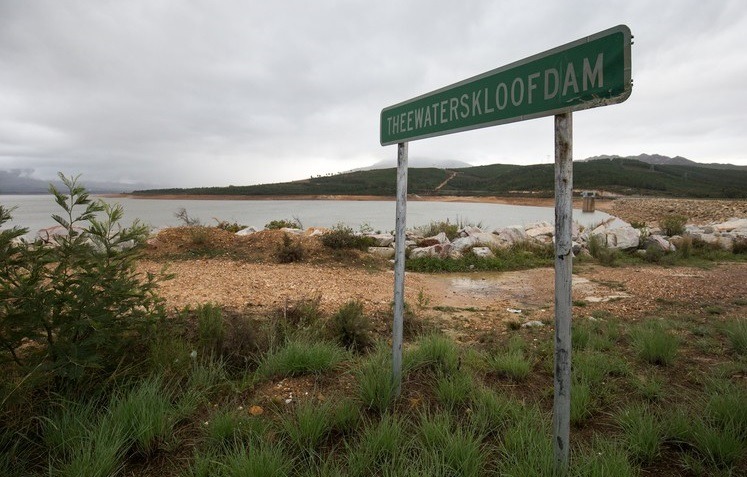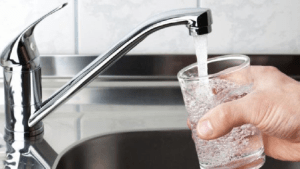Western Cape dam levels currently stand at a combined total of nearly 66% capacity. A significant increase compared to the same time last year, when dam levels in the province stood at around 49%.
However, residents have been urged to continue using water sparingly, even as more rainfall is expected in the upcoming winter months.
The Theewaterskloof dam, the largest dam in the province accounting for the biggest water supply is more than 71% full.
Recent rain showers have resulted in a decrease in water use, compared to hotter summer periods that were felt so far this year.
Department of Water and Sanitation Spokesperson, Malusi Rayi says, “We would like to call on all the water users including the high-end users to continue using water sparingly. As you will know with climate change you never know how much water you are going to get. The bulk of the Western Cape receives winter rainfall, but because of climate change, it alters the rain patterns so you will never be sure what you’ll get the next time.”
The Department says most of the river catchment systems in the province except Olifants/Doorn are hovering above 60%.
“In 2018 we faced the worst drought in memory the system was hovering below 30% but the system now is currently over 60% and it has better water levels.”
The Department of Water and Sanitation has dedicated March as a National Water Month, in line with the United Nations ‘World Water Day’ to remind citizens about the socio-economic significance of water.
The Department says Western Cape water month calendar of events will be published on various communication platforms in due course.
Western Cape dam levels increase to nearly 66%:






